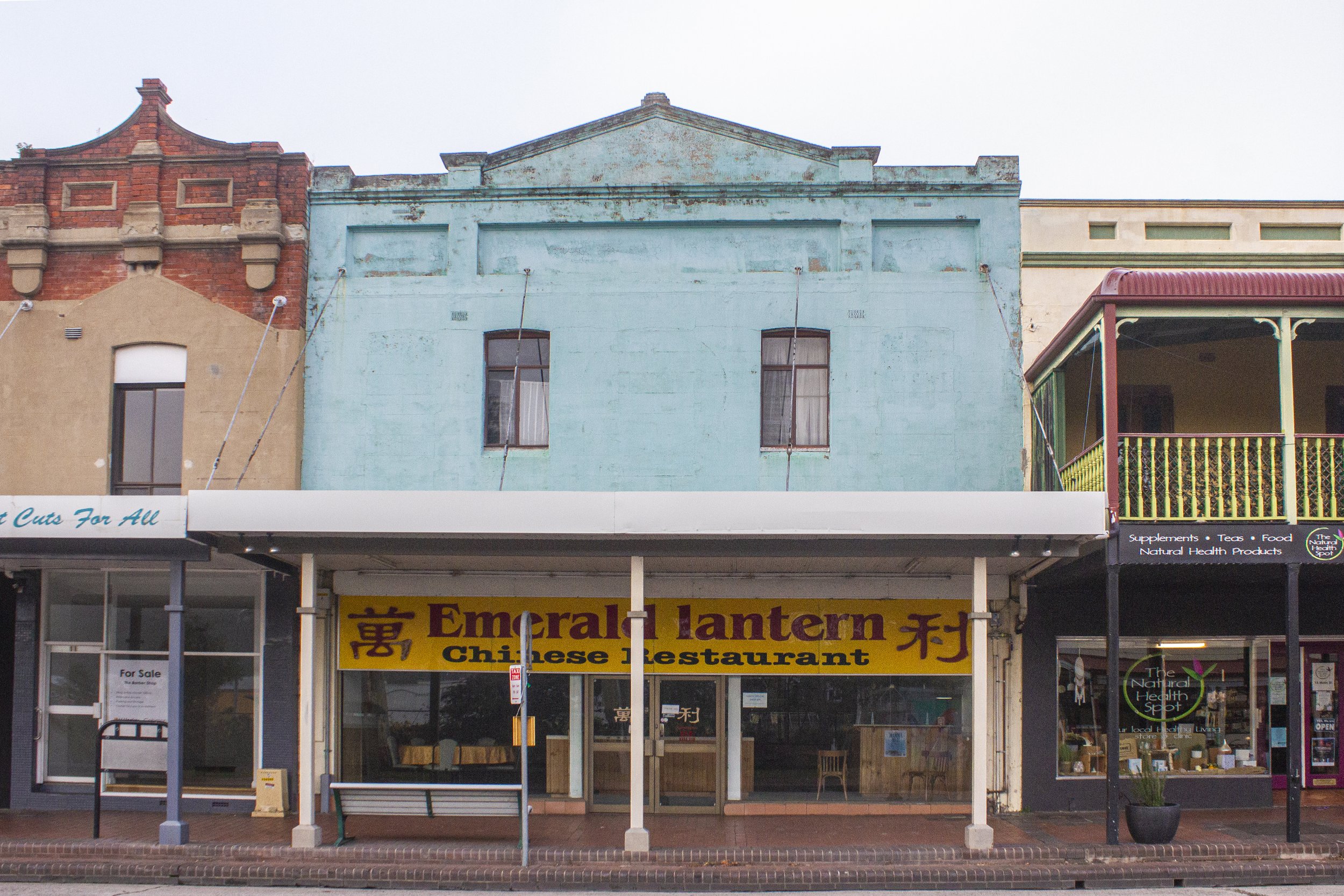Beneath the Facade
Two hours west of Sydney lies the country town of Lithgow. The town prospered in 1869 with the introduction of coal mining. Over the next 50 years, industries such as iron and steel manufacturing boosted Lithgow’s popularity and economy. With four brickworks, seven collieries and a small arms factory located in and around Lithgow, employment was at an all-time high. However, in 1928, the iron and steel works in Lithgow were re-located to Port Kembla, and this, combined with the effects of the Great Depression, led to a local unemployment rate of between 45 and 50 per cent.
Evidence of a once prosperous coal mining town can be seen today in the architecture of many buildings, especially those located in the main street of Lithgow. Over time, economic, social, cultural and industrial changes have influenced what now lies beneath these facades. The Trade Hall Picture Palace is now being used as a gymnasium, and what was once Collins Hardware Store, in the main street, is now the offices of Headspace. Beneath other late 19th century buildings, typical of the architecture of Lithgow, lie Asian restaurants, some abandoned and some still being used today.
These photographs depict a story of our Australian history and identity - of a time that was and a time that is - of buildings and their uses. By highlighting the contrast between past and present, the viewer is encouraged to consider the past, and perhaps more importantly, to reconsider the present.





